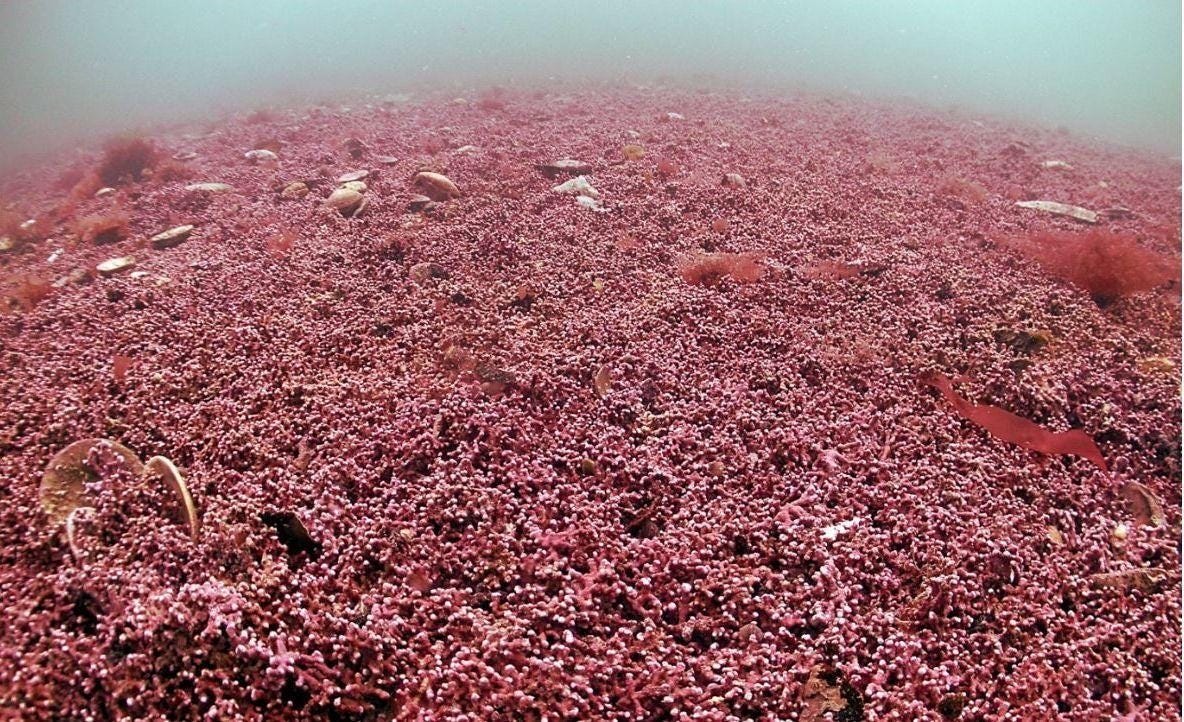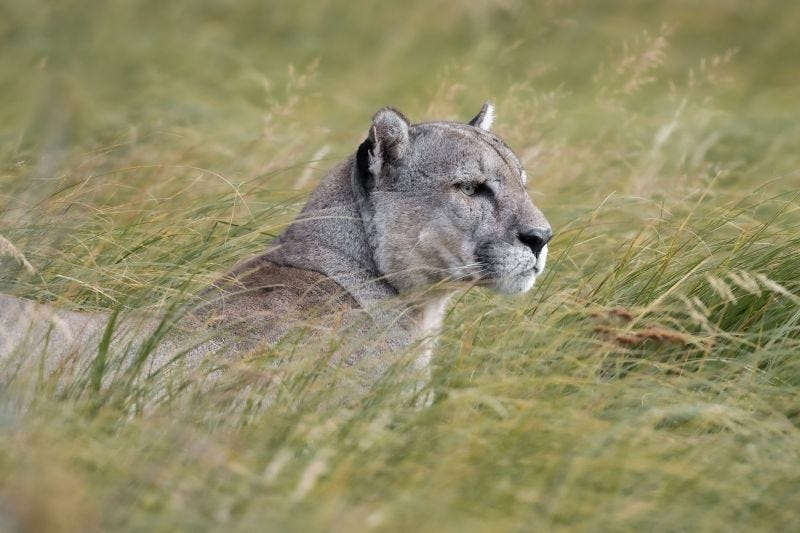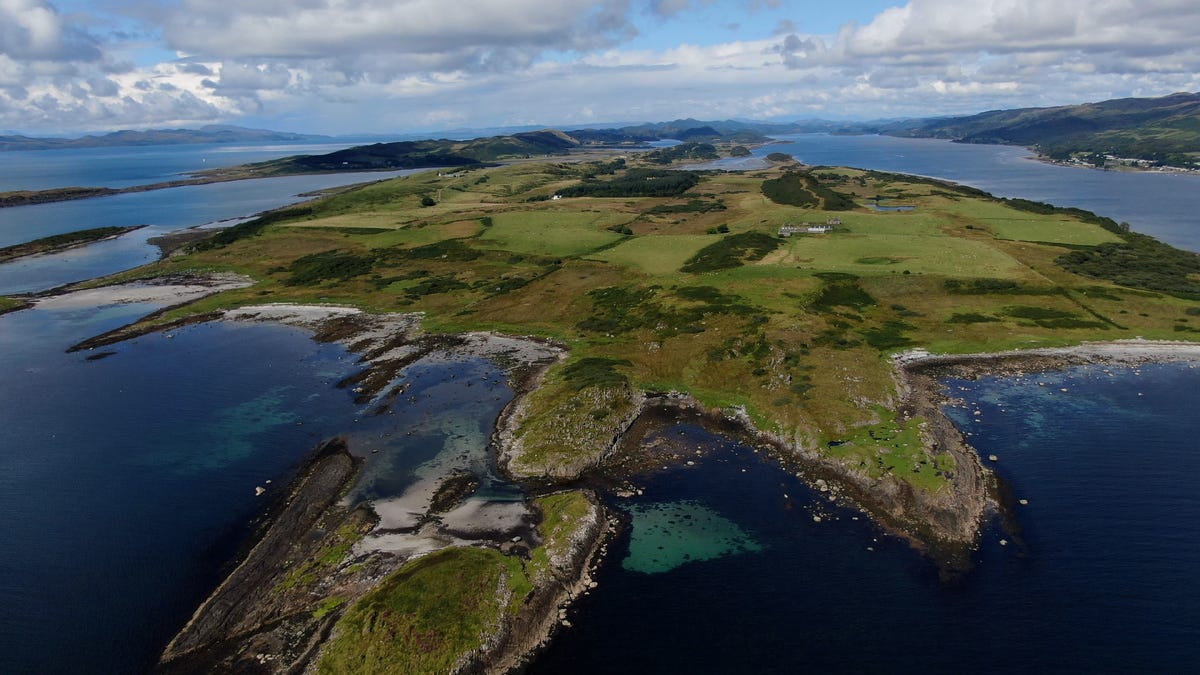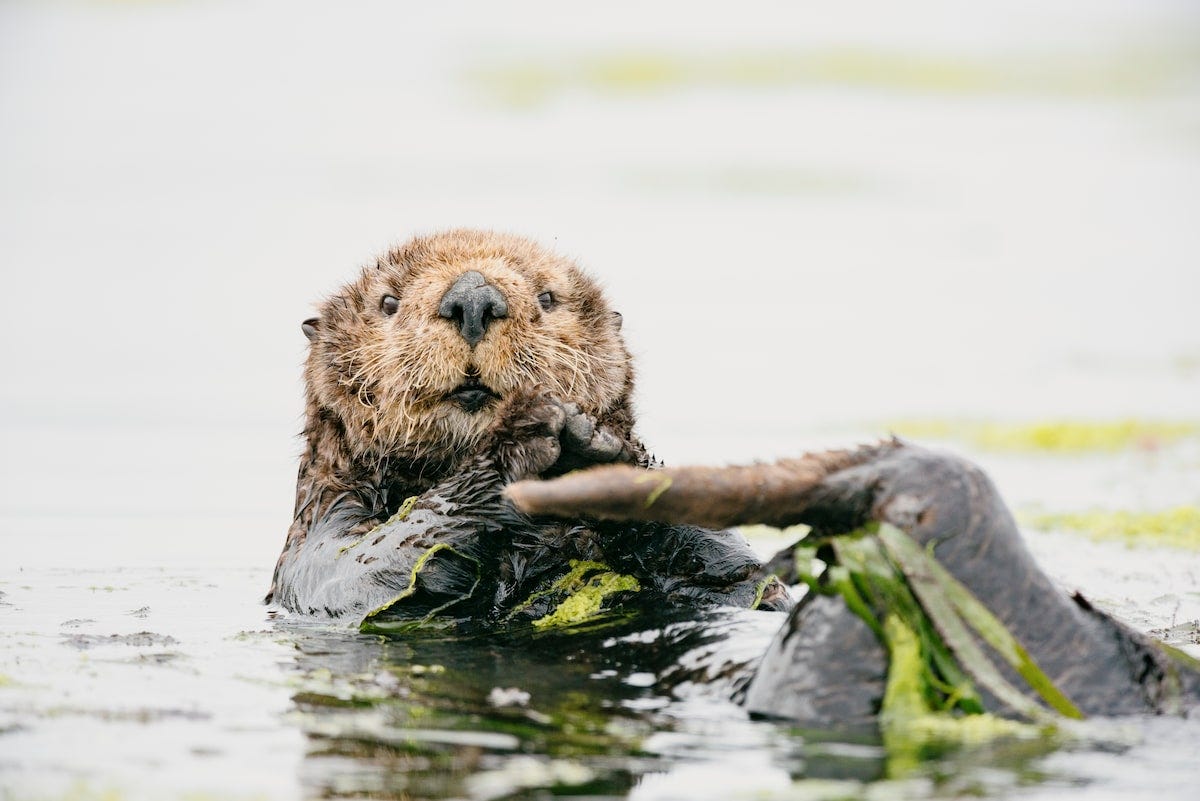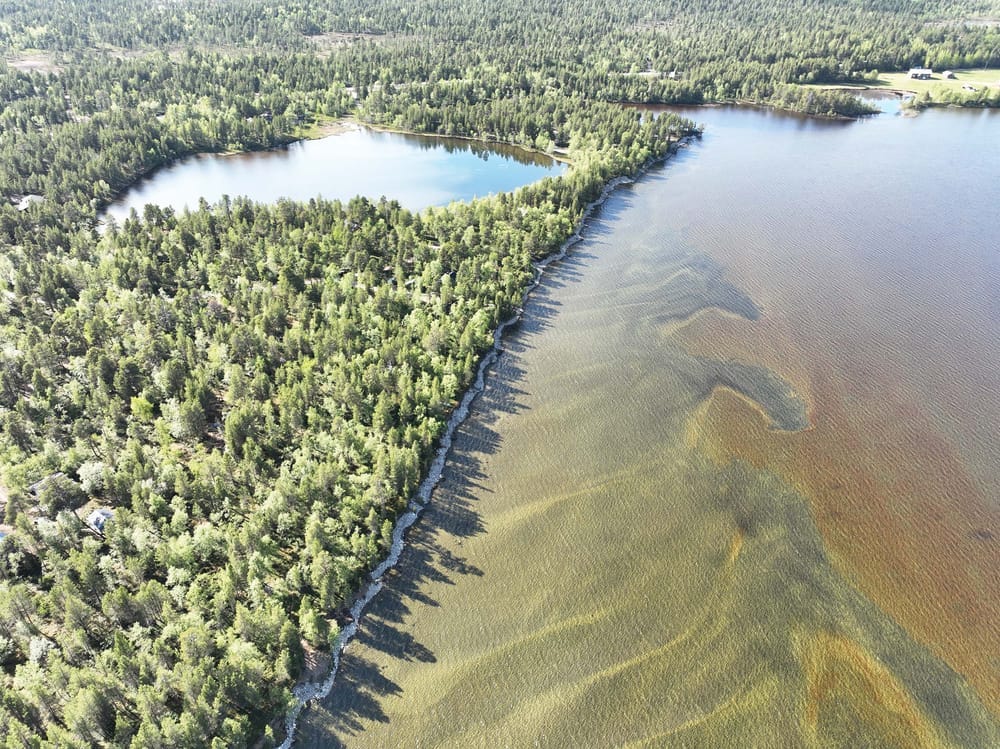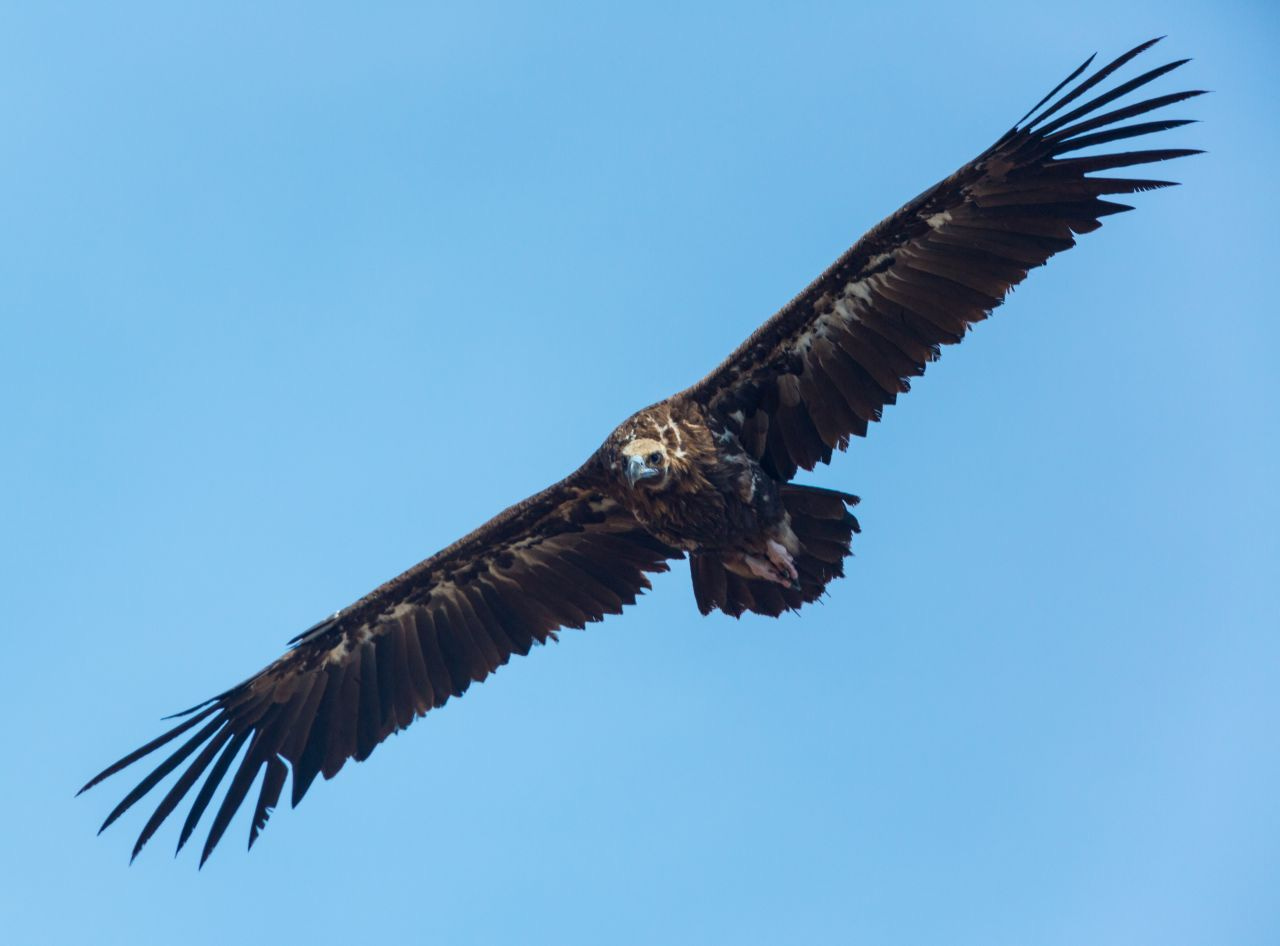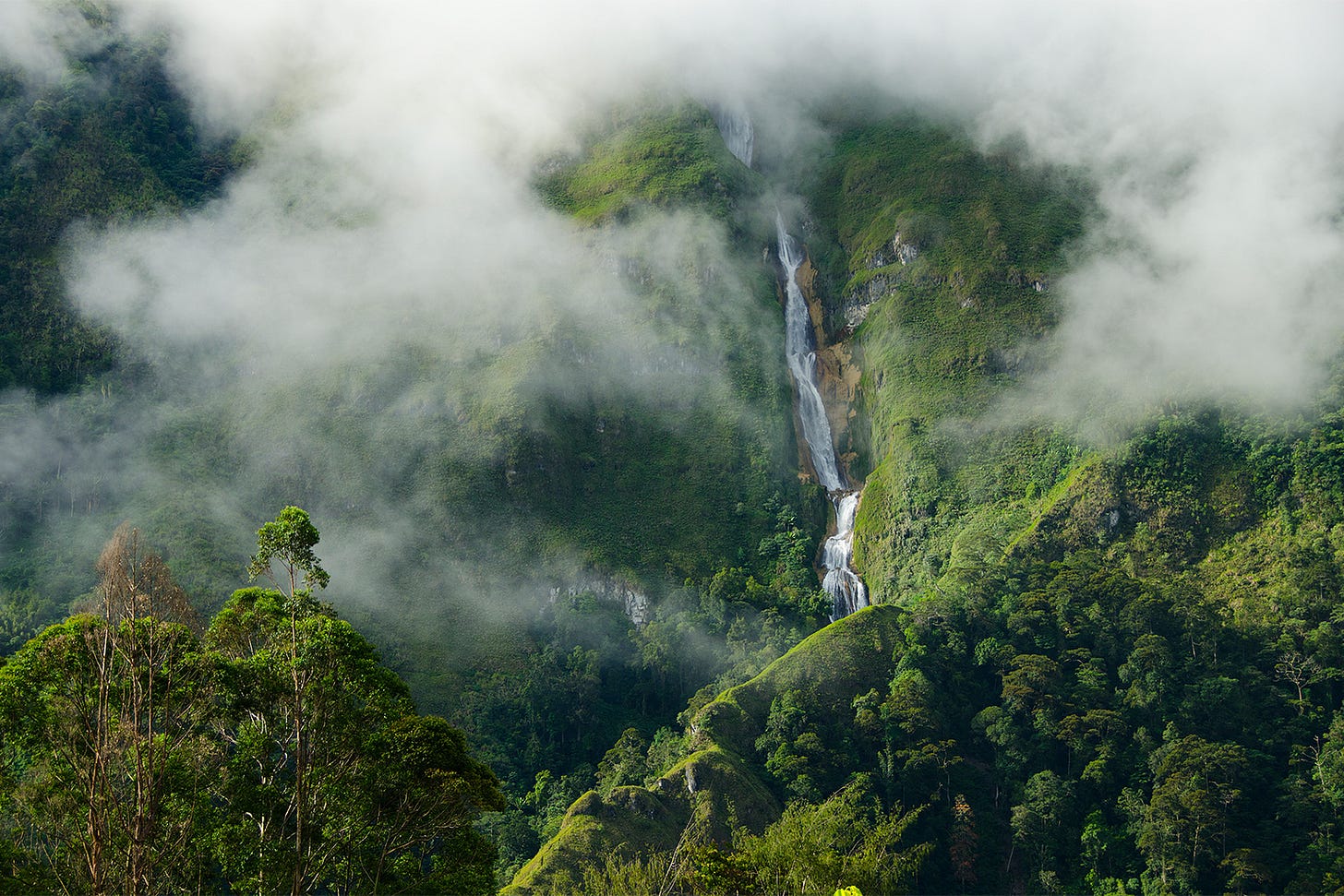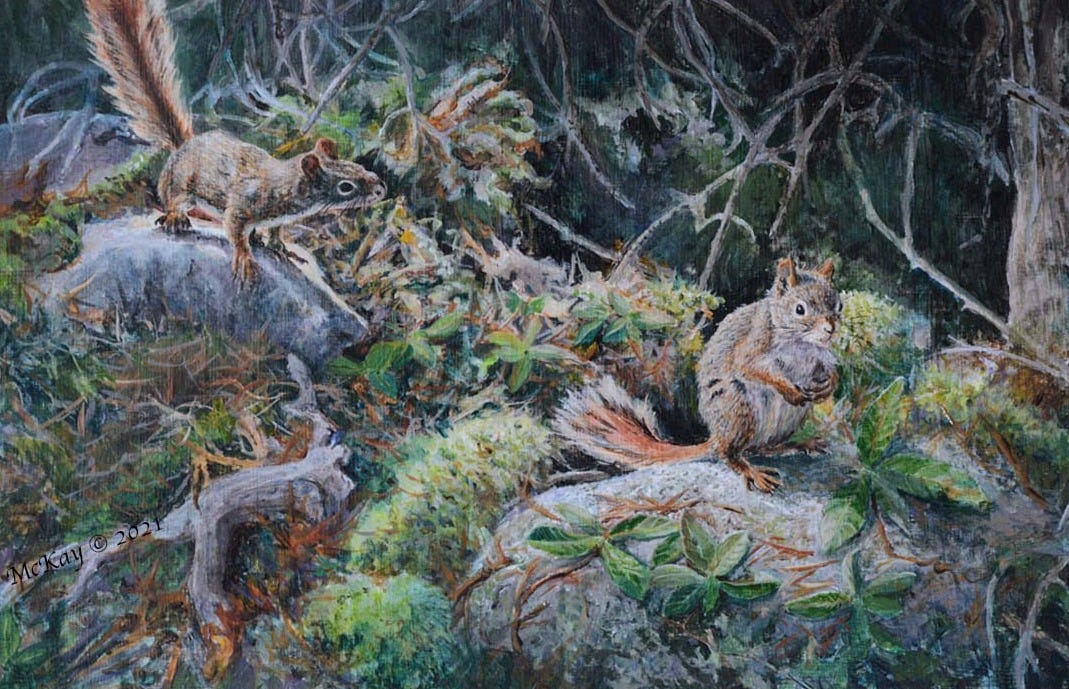Welcome to the latest edition of the Rewilder Weekly! 🦬🌳🐺🌞🌍
Before jumping into this week’s eight selected stories- did you know that today is Earth Day? Happy Earth Day! The theme of Earth Day 2025 is “Our Power, Our Planet” Here are some easy things to do: read and gain more insights, share the press release, pressure lawmakers, sign the global plastics treaty and the renewable energy petitions. Get active by joining one of the many events on the day, or by educating, advocating, mobilizing and pledging. Lots to do - and today is the day to do it!
Now then, let’s get on with it - wishing you a good week.
Cheers,
👉 As a reminder: If you come across stories you’d like to see featured in an upcoming edition of the Rewilder Weekly, send them to me and I’ll gladly do what I can.
1) Scotland is home to the world’s largest marine protected area for maerl beds
You haven’t heard of maerl? How about the Great Barrier Reef, have you heard of the Great Barrier Reef? Of course you have. Now imagine that, just off the shores of Scotland’s Wester Ross, there lie habitats that are as important and precious as Australia’s famed reef: the wondrous maerl beds. I met with two members of the Blue Hope Alliance, Nicky Middleton-Jones and Sara Nason, to learn more about maerl, about challenges past and present, and about the amazing work of the alliance.
Maerl grows slowly, very slowly, by about 1 millimeter per year. To put it differently, that’s 5 centimeters in 50 years! These masterfully woven submarine landscapes can grow several meters thick - but whether thick or thin, they provide habitats that are valued by many species as living space, as spawning, nursing and hunting ground. While protections for these essential ecosystems are in place, all is far from well. Monitoring, educating and advocating remains key - and the ever more intensive spread of Norwegian salmon farms appears to make any recovery of maerl beds all the harder (if not impossible). Join and support the Blue Hope Alliance!
👉 and here to engage on LinkedIn
2) The Puma: prime ecosystem restorer from Alaska to southern Chile and Argentina
Our friends at Rewilding Chile have shared some stunning imagery of the puma roaming Patagonia National Park. They share that the puma is considered one of the top twenty species in the world for large-scale ecosystem restoration.
Rewilding Chile writes, “As an apex predator and a key part of the Patagonian ecosystem, the puma plays a crucial role. It is an architect of the ecosystem, activating a chain of ecological processes that affect the animals around it, given that the puma controls the population of wild herbivores and is one of the principal providers of carrion for a wide variety of species, including Andean condors, crested caracaras, foxes, armadillos, and others.”
👉 Go here to engage with Rewilding Chile’s post on LinkedIn
👉 and here for a stunning (and Jeremy Irons-narrated) documentary
3) The singing lands of Highlands Rewilding’s Tayvallich peninsula
For the final stop of my rewilding fact-finding mission across Scotland I got to spend a few stunningly beautiful days on the near-magical Tayvallich peninsula, one of Highlands Rewilding’s three rewilding estates. While some of the landscapes I’ve seen these past three weeks are in dire need of active rewilding, Tayvallich’s nature restoration journey starts from a good place.
Walking on my own, it felt like the place was singing to me in peaceful and contented harmonies. Some of what I’ve seen really does have a veritable fairy tale character. There are stunning views, solitary paths, ancient standing stones, burial cairns, knotted woodlands, croft ruins, fantastical rock formations. There’s the sound of Jura on one side, Loch Sween on the other - and lots of lush nature in between. But all’s not well. On land there’s the threat to any new woodland growth by the usual abundance of deer - and in the water, research has just shown that the once abundant oysters have practically disappeared.
👉 and here to engage on LinkedIn
4) How sea otters are protecting the world
Created by TEDxLondon, the “Climate Curious” podcasts look at the climate emergency by speaking to leading experts. Their most recent podcast features the executive director of the Global Rewilding Alliance, Alister Scott - and he talked about sea otters.
Otters? Climate change? Huh? Here’s the connection: In brief, sea otters are ecosystem engineers that help protect kelp forests. Kelp forests grow fast and store twenty times the carbon trees manage to store - but kelp can only do that if it is able to grow. Learn about kelp troubles - and how sea otters create the environment that, as Alister puts it, “animates the carbon cycle.”
👉 and here to engage on LinkedIn
5) The winning combination of scientific insight and indigenous knowledge
Some say that we’ve lost more knowledge than all of everything we have today. We’ve lost most knowledge prehistoric people had about every aspect of their world. We get glimpses of past knowledge thanks to oral histories, legends, songs, traditions. But a particular pot of knowledge gold remains thanks to many indigenous communities, community that are still far more tied to the natural world than most people are today. Rewilding Magazine details an excellent collaboration between SnowChange and the Skolt Sami in northern Finland.
The Sami saw negative impacts on their world long before anyone else did. They were ignored, with government agencies still calling the region “a pristine wilderness”. The River Näätämö, straightened and dredged for timber removal, contained fewer and fewer fish … Now, half a century later, the river, and the lands, are recovering. Lots of good things have happened, even if new dangers in the form of microplastics have appeared. A good story about persistence and collaboration.
👉 and here to engage on LinkedIn
6) A road for salamanders
Last fall on my one-month hike from Florence to Rome, I once came through a wood that was lush and richly humid … and there they were fire salamanders - not one, not two - there must have been a dozen of them, crossing the path, stopping as if frozen when I approached. They move slowly, there’s something mystical about them. Well, I treaded carefully for a while until we left the woods and on we went.
In the above clip, the good folks at Rewilding Apennines share their salamander efforts. The focus of the video is on protection efforts for the Apennine Salamander (Salamandra s. gigliolii), also called Italian fire salamander, and Savi’s Salamander (Salamandrina perspicillata). Every spring, these species (and other amphibians) are at extreme risk of being run over when they, in their own slow speed, try to cross a road in Maiella National Park. This annual labor of love saves thousands of amphibians and thus ensures viable populations into the future.
👉 Go here to engage on LinkedIn
7) The importance of vultures
They consume carrion and, generally, people are not particularly thrilled when they hear the word “vulture” - negative connotations, Western movies, you name it. But try and see past all that and you’ll find that these are magnificent birds are not just on par with eagles, they’re also just as important for flourishing ecosystems. When vultures feed on carrion, they prevent the spread of diseases, they increase soil health, they regulate populations of other scavengers. Vultures, face it, are cool.
Rewilding Europe reports on Rewilding Rhodopes’ latest release of seven cinereous vultures in the Eastern Rhodopes mountains. Since the start of the initiative in 2022, twenty-three vultures have now been successfully released with the goal of creating a stable population that will support the species recovery, and genetic diversity, across the Balkans.
👉 Go here to engage on LinkedIn
8) Rewilding with a much hotter future in mind
Mongabay asks a very important question - and one that should form part of every rewilding plan: How will our efforts fare fifty years from now when - if the global economy keeps roaring as is - the world might be 3° Celsius (maybe even more) hotter? The time for action is clearly now. Now is always the best time. But that inevitable hotter future must influence thinking. I see lots of well-intentioned efforts go to saving this species and that place … but, as the article lays out, the one key focus should always be on creating bigger - and connected - landscapes.
I like the way Andrew Whitworth of Osa Conservation thinks about resilience, “Resilience means that you’re going to come through something, and it’s going to be tough, and it’s going to be hard and it’s going to be losses, and you’re not going to come through it unscathed, but the goal is that you’ve come through it.” He describes his “three-legged stool” as one leg being protected areas like national parks, the second being species-focused programs, and the third is about building climate resilience. The three-legged stool is an example I often use myself - a good way to live life in that knowledge that, inevitably, things change - and when they do you still stand on two legs.
👉 Go here to engage on LinkedIn
To conclude this week’s edition, science illustrator Beverly McKay shares a work done with acrylics - what you see here are red squirrels (tamiasciurus hudsonicus) of Nova Scotia, Canada. Oh, and if squirrels are your thing, you might want to peruse the article I’ve written about the red squirrel / grey squirrel kerfuffles in the UK over the course of the past 150 years.
If you enjoy the Rewilder Weekly …
… consider supporting my work. Your paid subscription will help generate the funds needed to realize a unique rewilding book I’m working on (if you want to know more about it, let me know). And, of course, that paid subscription also ensures that the Rewilder Weekly will always keep going for those who cannot afford to pay. A thousand thanks!
That’s it for this week’s edition! For more rewilding insights and stories from around the globe, use the #rewilding hashtag on LinkedIn and follow people, organizations and groups that are as passionate about rewilding as you are. Let’s keep connecting and growing the movement!








